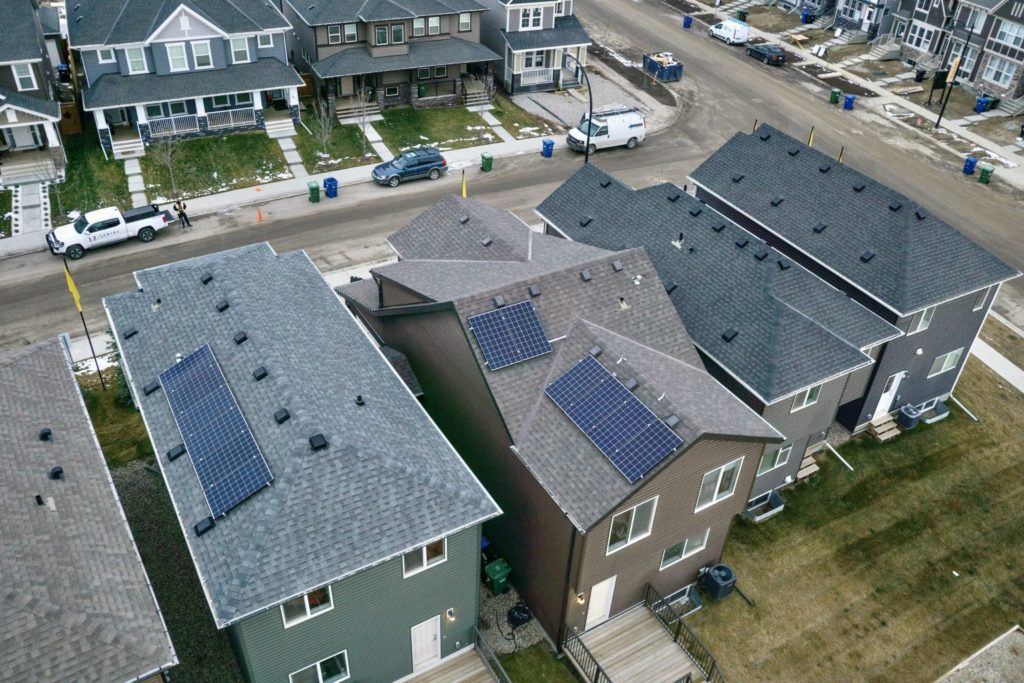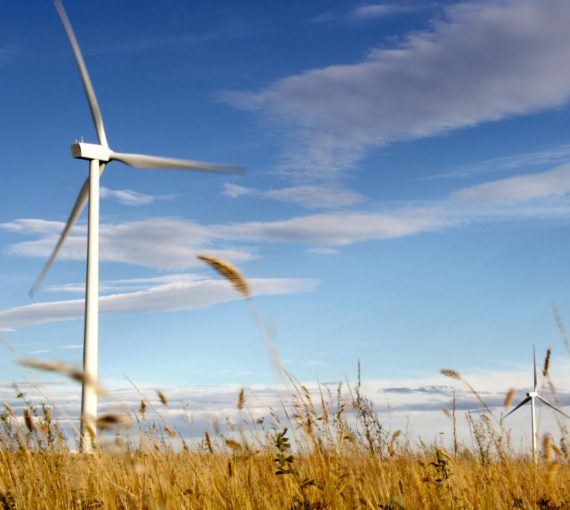
(Green Energy Futures)
I’m one of those nerds who thinks about energy efficiency and conservation a dozen times a day — and that’s outside of work!
For instance, my partner and I both love a good cup of tea in the morning. If she gets up first, it takes almost twice as much electricity to make our pot of tea than if I do. She fills the kettle to the brim and puts it on the stovetop. About 70 per cent of the electricity’s energy is converted to hot water, and the rest goes in to the air. I put less water in a plug-in kettle and 80 per cent of the electricity’s energy is converted to hot water.
Individual tea-making habits aside, we can get bigger climate benefits by focusing on the biggest slices of the energy pie.
Like many people in Canada, we rent a poorly insulated house with single pane windows, bad weatherstripping and a furnace and hot water heater run on fracked gas. The furnace runs, like an idling car, much of the winter, with heat and carbon emissions lost to the atmosphere. We need a deep energy retrofit and switch-in fuel source away from fracked gas, which includes methane production, to electric heat generated with renewable energy to take advantage of B.C.’s clean electricity grid. That switch will put less demand on the electricity grid — meaning fewer solar plants and wind turbines built and less storage capacity — if the retrofit also involves added insulation, efficient windows and the use of a heat pump instead of baseboard heaters.
Because our landlords don’t pay the energy bills, there’s little incentive to make the investments.
Because our landlords don’t pay the energy bills, there’s little incentive to make the investments. If they did invest in upgrades, we’d risk being evicted so they can charge higher rents to cover the costs. Another challenge with retrofits is that all the costs are up-front, while the energy savings accrue year after year.
Good policies and financing are essential. This summer, the federal government signed Canada on to an initiative aimed at getting the world on the path to improving energy efficiency by three per cent every year. Canada will need to invest in energy-efficiency training to build up a skilled workforce, ramp up provincial and municipal efficiency programs and invest to build an energy-retrofit market.
Investing in energy efficiency is good news not just for meeting climate goals, but also for jobs and a green economic recovery from the pandemic.
Investing in energy efficiency is good news not just for meeting climate goals, but also for jobs and a green economic recovery from the pandemic. Efficiency Canada reports that 436,000 Canadians work in the energy-efficiency sector. Many organizations, including the Foundation, have pointed to energy efficiency as a key driver for economic recovery, especially when programs are designed to benefit those with the least ability to pay for retrofits.
Industry is also discovering the incredible potential of energy efficiency. A recent review of carbon-emission-mitigation pathways in Canada’s highly energy-intensive cement industry found that 70 per cent of the sector’s emissions-reduction potential could be achieved at negative cost, in part due to reduced energy costs. One of Canada’s foremost energy economists, Mark Jaccard, cautions that investments in energy efficiency can too often fail to be true climate solutions unless accompanied by switching away from fossil fossils. He writes, “The only viable strategy is to push hard for a rapid transition to zero-emission energy. But the best chance for this transition is if energy efficiency is rapidly increasing at the same time.” Electric vehicles meet this test: they are more efficient than gas-powered vehicles and help kick the fossil fuel habit.
As we celebrate Energy Efficiency Day on October 7, let’s celebrate the incredible opportunity to recover our economy and meet our climate goals by wasting less.
Our Work
Always grounded in sound evidence, the David Suzuki Foundation empowers people to take action in their communities on the environmental challenges we collectively face.



